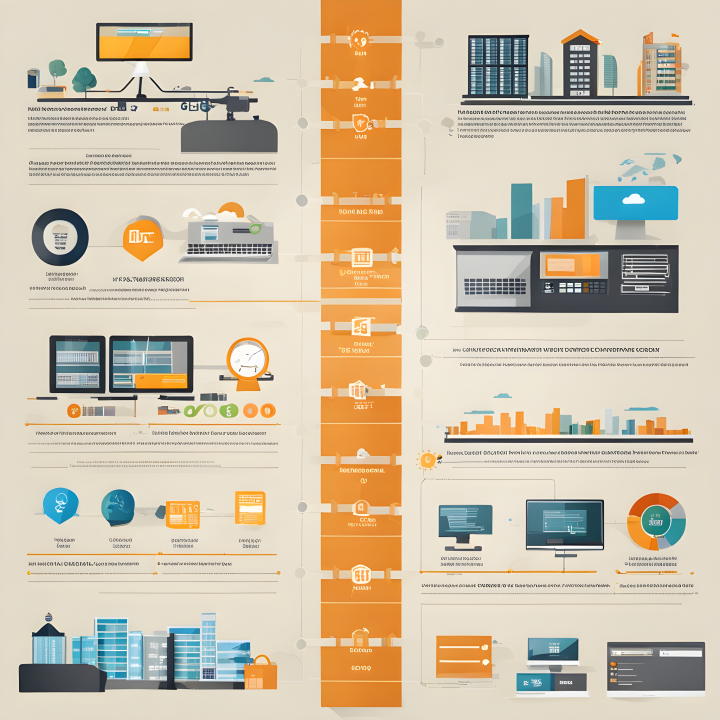
The Evolution and Importance of IT Infrastructure in Today's Digital Age!
The modern business landscape is a digital arena where the sharpest tools, strategic minds, and efficient systems compete and collaborate. Central to this dynamic is the IT infrastructure – a conglomeration of hardware, software, networks, and facilities that enable an organization to deliver IT operations. Let's delve into the evolution, components, and significance of IT infrastructure in the current digital age.

The Evolution of IT Infrastructure
The 80s and 90s: This era witnessed the first bloom of IT infrastructure with the widespread adoption of personal computers, local area networks (LANs), and basic data storage systems. Servers were standalone, room-sized, and the idea of 'connectivity' was relatively nascent.
2000s: The turn of the century saw the explosion of the internet and the rapid growth of connectivity solutions. Data centers became more common, virtualization started its journey, and the cloud was on the horizon.
2010s: The digital era's crescendo was the mass adoption of cloud services, virtualized environments, and hyperconverged infrastructure. Companies started realizing that a robust IT infrastructure was indispensable for growth and scalability.
Key Components of Modern IT Infrastructure
Hardware: This includes physical devices like servers, computers, data centers, switches, hubs, and routers.
Software: Crucial for operations, this encompasses server software, OS, middleware, and network management applications.
Network: Constituting the backbone, networks include internet, intranet, LAN, and network enablement.
Facilities: All the physical resources like power, cooling systems, and real estate are required to keep hardware and servers operational.
3. Significance of IT Infrastructure in Today's Business Landscape
Competitive Advantage: A modern, agile, and scalable IT infrastructure can help businesses move faster than their competitors. It supports innovation, reduces time-to-market, and enables rapid adaptability.
Operational Efficiency: Seamless IT operations translate to smoother business processes, reducing downtimes, ensuring high availability, and supporting continuous delivery.
Cost Efficiency: With technologies like virtualization and cloud computing, companies can achieve more with less. IT infrastructure helps in optimizing resources, thus reducing costs.
Scalability and Flexibility: Modern businesses need to scale up or down based on demand, market dynamics, or internal changes. A robust IT infrastructure supports this scalability.
Security: In an age where data breaches and cyber-attacks are rampant, a strong IT infrastructure ensures that businesses have the necessary tools and systems to protect their digital assets.
4. The Way Forward
The future of IT infrastructure is exciting, with trends like edge computing, AI-driven operations, and serverless computing on the horizon. It's imperative for businesses to understand and embrace these changes to stay ahead.
In conclusion, IT infrastructure is no longer a behind-the-scenes player but a frontrunner in shaping business strategies and outcomes. In this digital age, it's not just about having an IT setup; it's about having the right one. As technology continues to evolve at breakneck speeds, the enterprises that best adapt their IT infrastructures will be the ones that thrive.